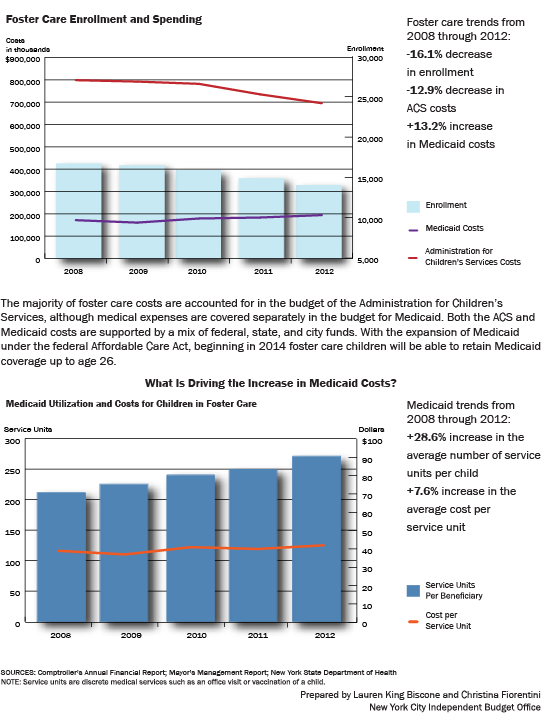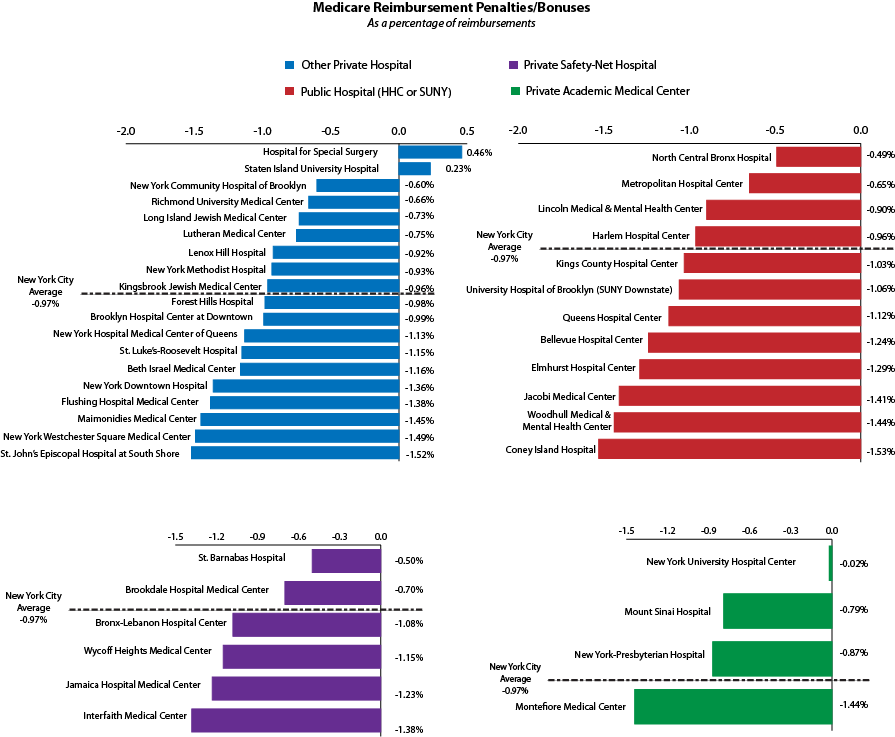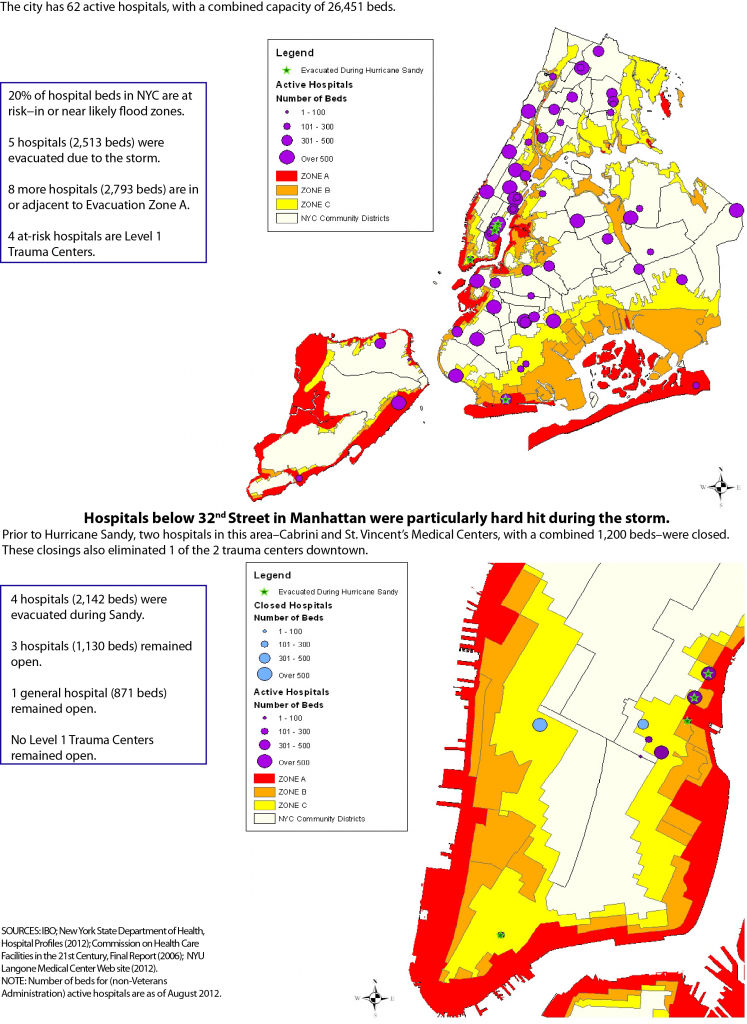More than half (51.3 percent) of the state’s lowest income part-time workers—those with incomes at or below 200 percent of the federal poverty level—resided in New York City in 2012.
- A greater reliance on Medicaid among New York City’s lowest income part-time workers may be linked to their lower rate of enrollment in employer-sponsored health insurance compared with the rest of the state.
- A smaller share of low-income, part-time workers was uninsured in the city than in the downstate suburbs. But an even smaller share of these workers was uninsured upstate, where the rate of enrollment in employer-sponsored health insurance was highest in the state.
For more details on regional differences in health insurance coverage across New York State, see IBO’s recent report “Medicaid, Employer-Sponsored Health Insurance & the Uninsured in New York: Regional Differences in Health Insurance Coverage.”
New York City Independent Budget Office
SOURCE: American Community Survey Public Use Microdata Sample 2012
NOTES: Percentages do not sum to 100. Direct purchase insurance and Medicare are excluded, and individuals may have both employer-sponsored health insurance and Medicaid. The federal poverty level for a family of four in 2012 was about $23,500.
Print version available here.
| New York City By The Numbers |



